Carrots are tasty and nutritious vegetables widely used in cooking, but their leaves are often overlooked and thrown away. However, the carrot leaves they are a hidden treasure that offers numerous food benefits and can be used in creative ways in the kitchen. This article will explore the nutritional properties of carrot leaves and the different ways they can be used to add flavour, nutrition and variety to our culinary preparations.
From fresh salads to soups, from pestos to sauces, we’ll discover how to use this versatile and healthy ingredient, which deserves to be fully known and appreciated.
What properties do carrot leaves have?
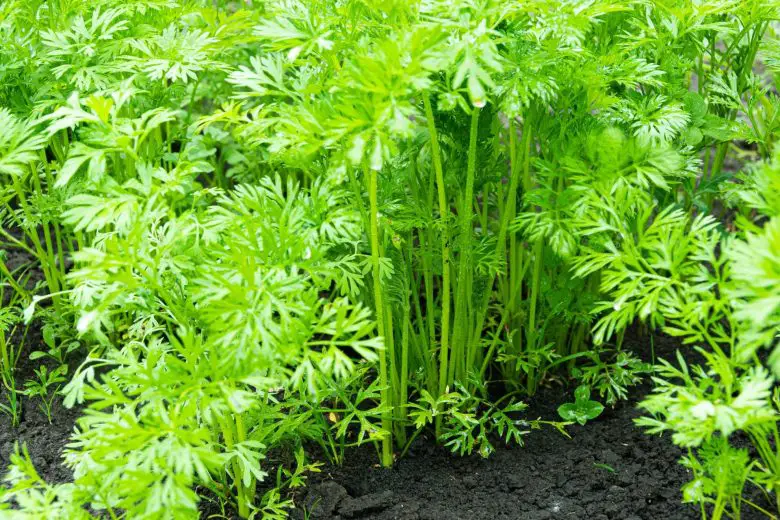
Carrot leaves, or carrot tufts, are a valuable source of nutrients and have several food properties beneficial to health.
For one thing, they’re an excellent source of vitamin K, which plays a vital role in blood clotting and bone health. They also contain vitamin C, which supports the immune system and promotes collagen formation, and vitamin A, which is important for vision and skin health.
Carrot leaves are rich in minerals such as calcium, which is essential for bone health, and potassium, which helps regulate blood pressure and fluid balance in the body.
They contain important antioxidants such as flavonoids and carotenoids, which help protect cells from oxidative stress and may help reduce the risk of cardiovascular disease and some forms of cancer.
Carrot tufts are rich in fiber, which aids digestion, promotes satiety, and helps keep blood sugar levels stable.
Finally, they are a low-calorie food, making them a healthy addition to your preparations without significantly increasing your overall calorie intake.
It’s important to note that the foliage of carrots can have a slightly bitter taste, but this can be mitigated through proper preparation and combination with other ingredients.
What carrot leaves to use?
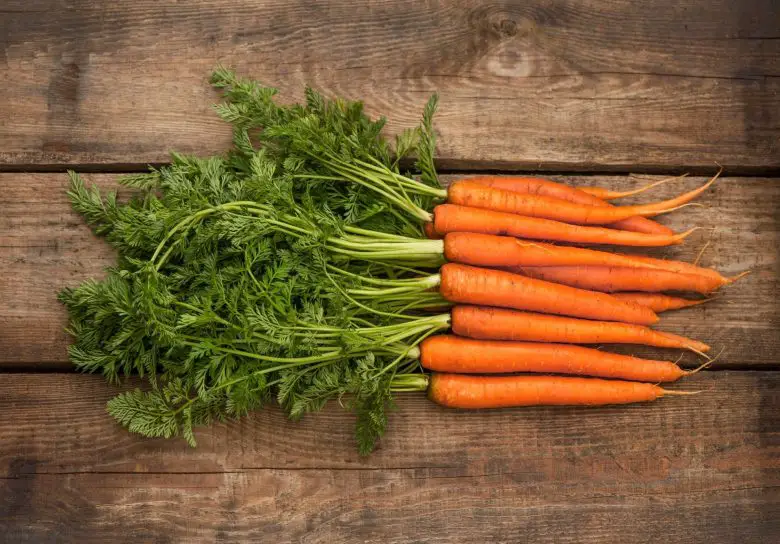
Carrot leaves to be used in cooking must be taken from fresh carrots from organic crops. The ideal is to use the leaves obtained from carrots grown in your garden or in pots. However, if that’s not possible, it’s best to buy whole carrots with the clump still attached, rather than separate individual carrots. This ensures that the leaves are fresh.
When choosing carrots, look for those with vibrant green leaves, with no signs of spoilage. The leaves of this root should appear bright in color, crisp, and free from blemishes or signs of wilting. Even if certified organic, be sure to wash the leaves thoroughly before use to remove any residual soil.
Use organic carrot leaves in the kitchen
Carrot leaves can be used in cooking in a number of creative and delicious ways. Here are some examples:
- Use the fresh, young leaves to make a crunchy salad. Mix them with other green leafy vegetables, such as lettuce or spinach, add a few thinly sliced carrot slices, season with olive oil, lemon juice, salt and pepper. You can enrich the salad with toasted seeds, such as sunflower or pumpkin seeds;
- Make a pesto using these leaves instead of traditional basil. Mix the leaves with the pine nuts, garlic, olive oil and grated cheese, such as Parmesan or Pecorino. Carrot leaves pesto can be used as a condiment for pasta, to flavor sandwiches or as a sauce for grilled vegetables;
- The leaves are excellent for enriching a soup. Fry the onions and garlic, add the carrots cut into pieces and the chopped leaves. Add vegetable stock and cook until carrots are tender. Blend the soup, season with salt and pepper and serve with a squeeze of lemon juice;
- Use the fresh leaves as a filling for vegetable rolls. Blanch the leaves to make them softer, then stuff them with a mixture of rice, quinoa or legumes. Roll the leaves around the filling and bake in the oven with one tomato sauce;
- Prepare a healthy and relaxing tea using the carrot leaf. Boil the leaves in water for a few minutes, then strain and serve. You can add a little honey or lemon juice to sweeten or add a touch of acidity.
These are just a few ideas for using carrot foliage in the kitchen. Experiment and let your creativity run free to discover new ways to enjoy this nutrient-rich organic food.
A special recipe: carrot leaf and potato pie
Here is a particular recipe to use with this particular ingredient.
Ingredients
- carrot leaves (from about 2-3 carrots)
- potatoes (2-3 medium potatoes)
- onion (1 medium onion)
- extra virgin olive oil
- grated pecorino cheese
- Salt and Pepper To Taste
- nutmeg (optional)
Preparation
Thoroughly wash the carrot leaves and potatoes. Remove any tough parts of the leaves and cut them into pieces similar in size to potatoes.
Boil the leaves and potatoes separately in lightly salted water until tender. Drain them and let them cool.
Finely chop the onion and fry it in a pan with a little olive oil until it becomes translucent.
Add the carrot leaves and potatoes to the sautéed onion, season with salt, pepper and nutmeg (if desired) and mix well.
Transfer the ingredients to a baking tray lightly greased with olive oil. Sprinkle the surface with grated cheese.
Bake in a preheated oven at 180°C and cook for about 20-25 minutes or until the cheese has melted and the surface is golden.
Serve the potato and carrot leaf pie as a main course or accompaniment.
This mess is a great way to use up the aerial part of carrots in a tasty and nutritious way. You can customize the recipe by adding other ingredients such as spices, herbs or vegetables to your liking. Enjoy your meal!

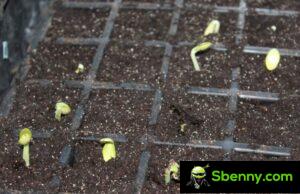
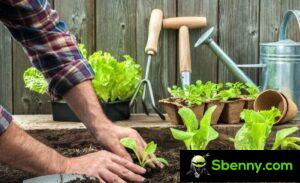
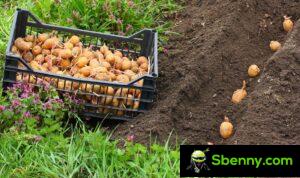
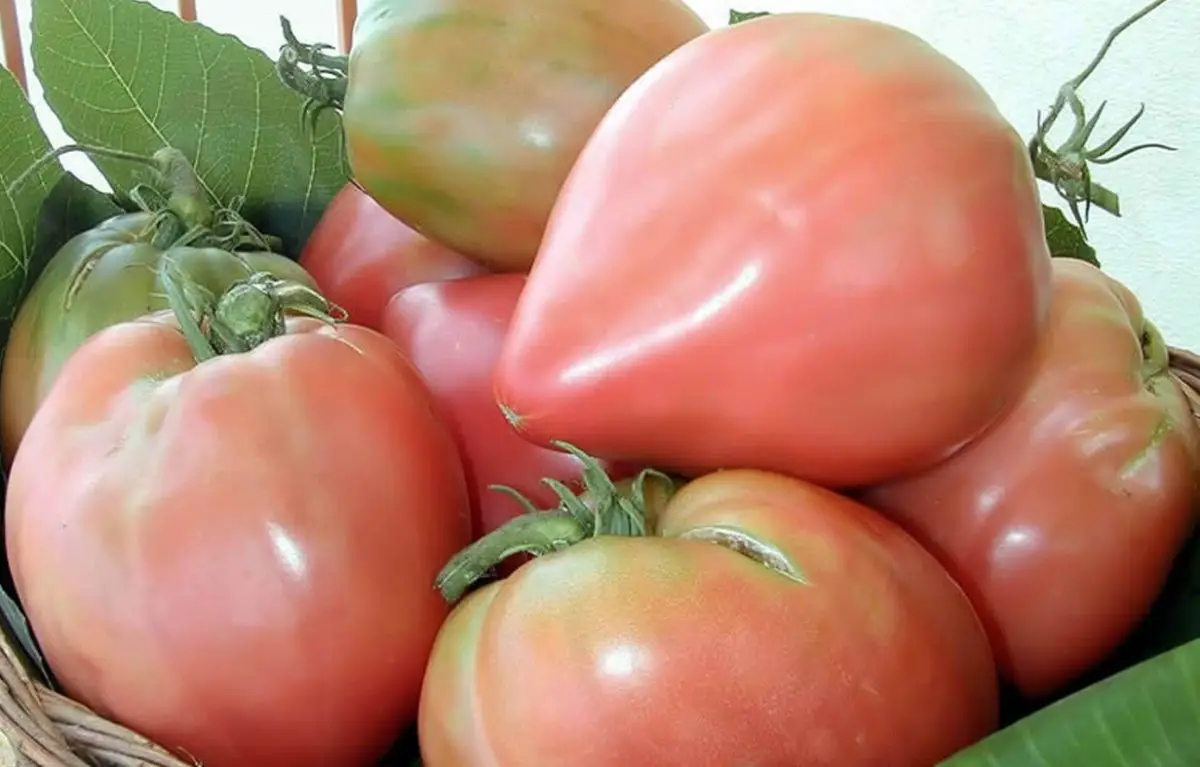
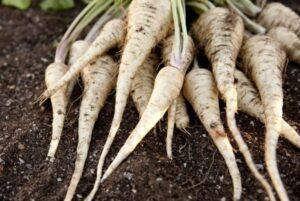
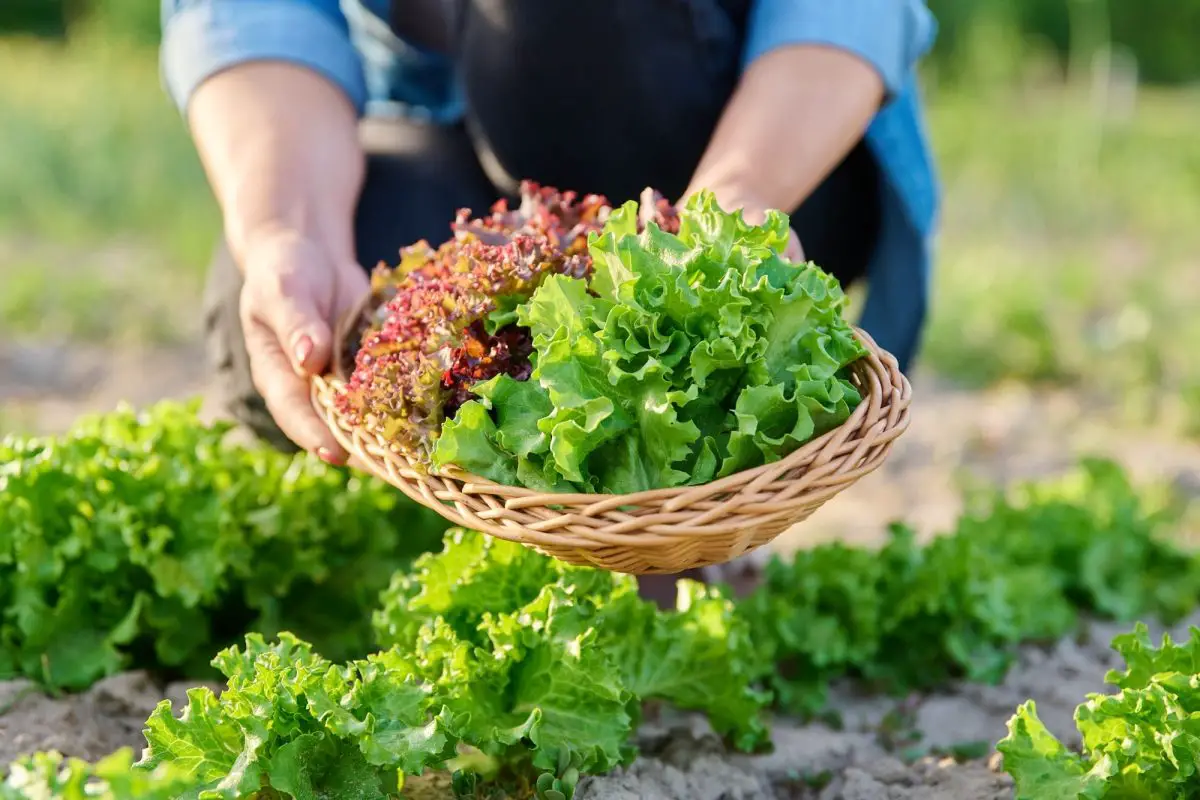
Start a new Thread